Figure shows activities A of three different radioactive material samples (labelled as I, II and III) versus time. Using the given information, correctly match the requisite parameter in the left column with the options given in right column. Consider only their natural decay as the cause of rate of change of number of parent nuclei

Column-IColumn-II(P) Disintegration constant (λ) has maximum value for the material of sample (1)I(Q)Half life is maximum for the material of the sample(2)II(R)Initially if samples of all three materials have same number of atoms then number of parent atoms of which of the sample will be maximum at any later time(3)III(S)Suppose all the materials decay by emitting α-particles of same energy and initially all three samples contain same amount (in gm) of the materials. Till the end of time span equal to their respective half lives, maximum energy is radiated by the sample(4)it is not possible to compare with the help of data available
PQRS(A)4234
PQRS(B)2413
PQRS(C)2334
PQRS(D)2143
(P) Activity of the sample II becomes half in minimum time. Hence it has maximum disintegration constant.
(Q) Activity of the sample III takes maximum life to become half therefore it has maximum half - life.
(R)
(S) It can not be compared without information about atomic weight as energy radiated will depend upon no. of atoms, not upon amount of substance.
A0=N0λ1=N0λ2
A02N0λ3⇒λ1=λ2=2λ3
N=N02n=N02tλμ2
N3N1=2tμ2(λ1−λ3)>1
N3>N1
Topper's Solved these Questions
Similar Questions
Match materials given in column I with the polymers given in column II

View SolutionMatch materials given in column I with the polymers given in column II

View SolutionMatch the alloys given in column I with the uses given in column II.
View SolutionMatch the statements/expressions given in Column I with the values given in Column II.
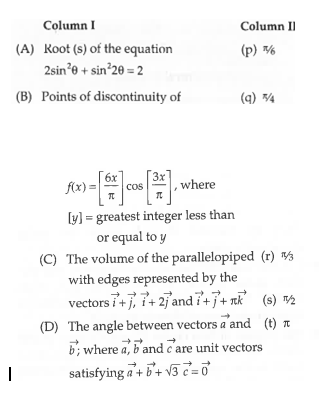
View SolutionMatch the statements/expressions given in Column I with the values given in Column II. '
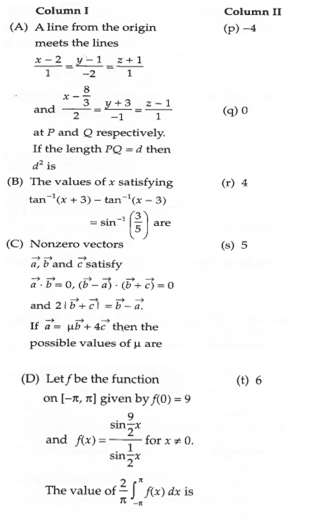
View SolutionMatch the statements/expressions given in Column I with the values given in Column II.
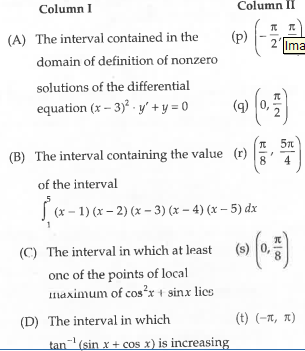
View SolutionMatch the statements/expressions given in Column I with the values given in Column II.
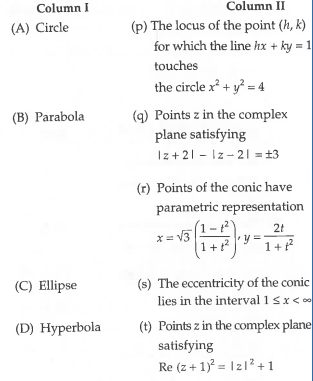
View SolutionMatch the statements/expressions given in Column I with the values given in Column II.
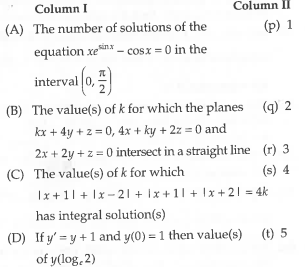
View SolutionMatch the medicine given in Column I with their uses given in Column
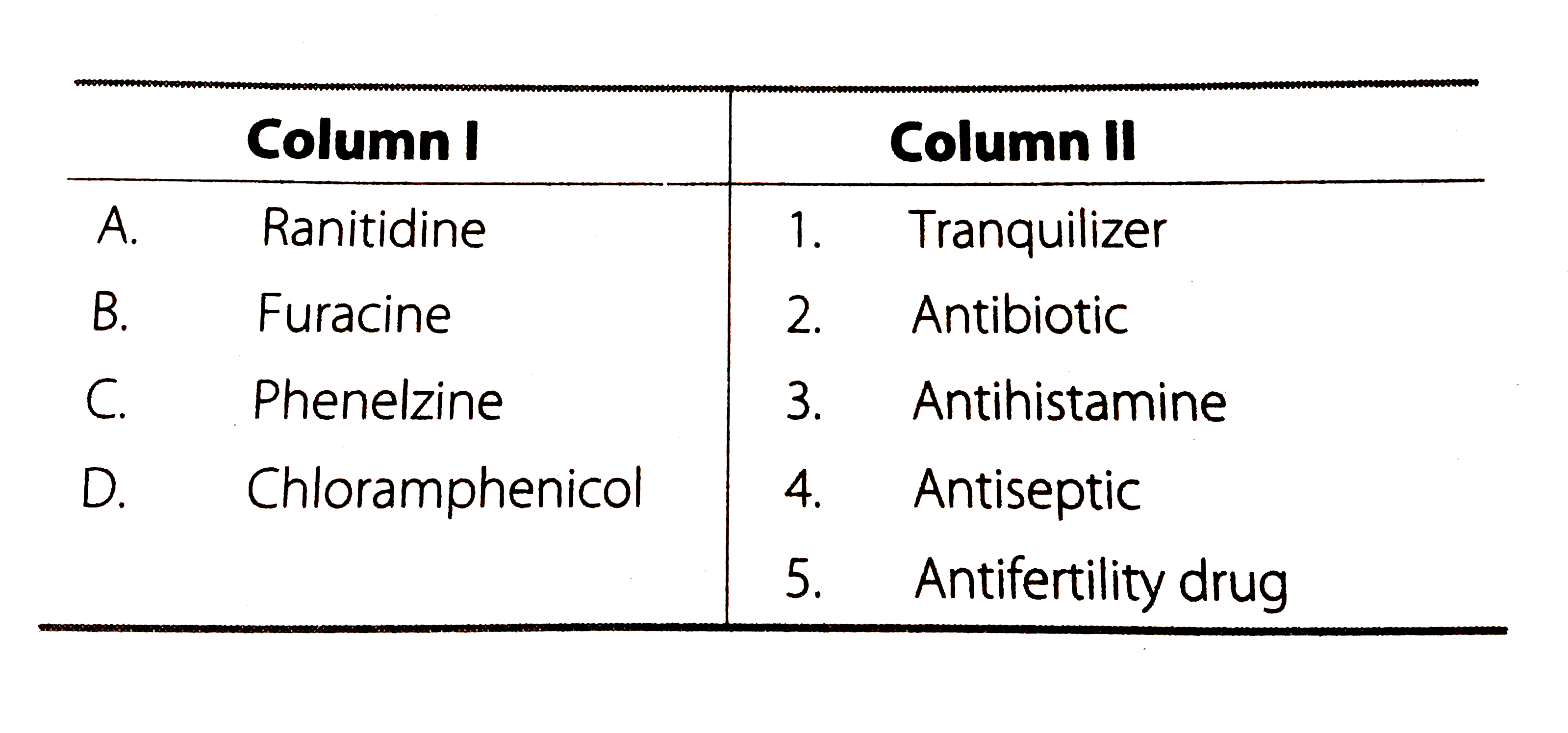
View SolutionMatch the alloys given in column I to the uses given in column II.
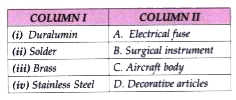
View Solution
